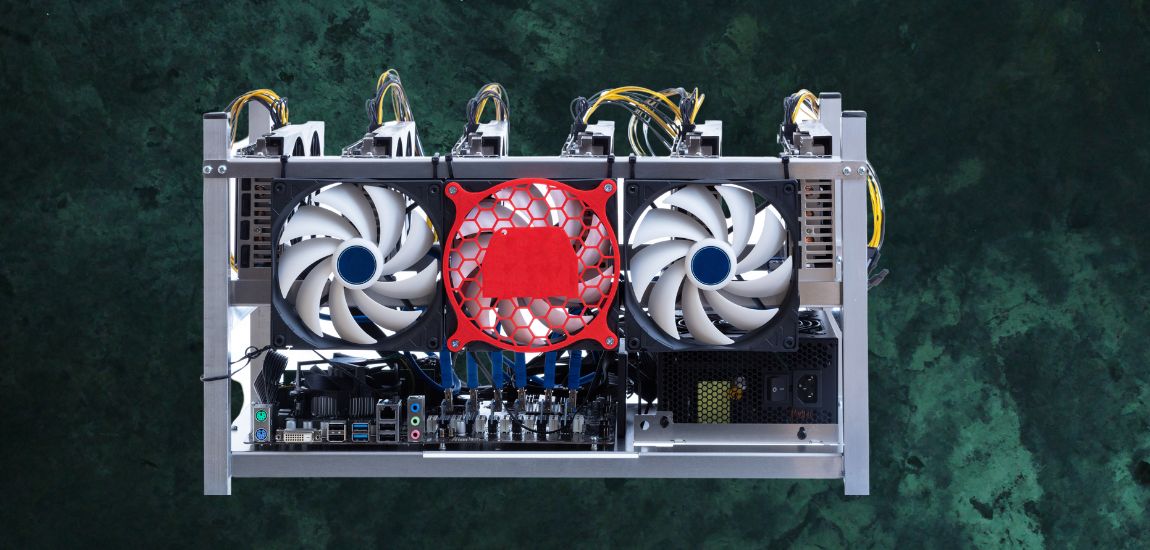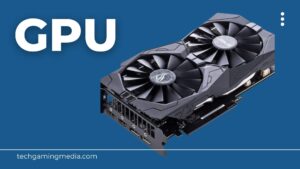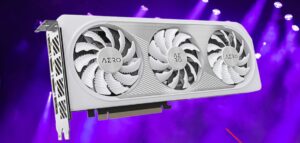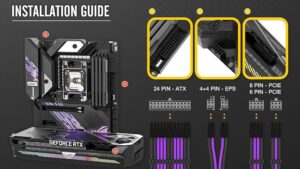Steam Hardware Survey GPU Landscape
Understanding the hardware preferences and trends within the gaming community provides invaluable insights not only for gamers but also for hardware manufacturers and developers. One of the most comprehensive sources of such data is the Steam Hardware Survey, a monthly census conducted by Valve Corporation, the company behind the Steam gaming platform. Among the various components surveyed, the Graphics Processing Unit (GPU) stands out as a crucial determinant of gaming performance and visual fidelity. In this exploration, we embark on a journey to dissect and analyze the GPU landscape as revealed by the Steam Hardware Survey.
Understanding the Steam Hardware Survey:
Before delving into the specifics of GPU data, it’s essential to grasp the methodology and scope of the Steam Hardware Survey. Conducted monthly, this survey collects information from a sizable sample of Steam users worldwide. By anonymously gathering data on users’ hardware configurations, including CPU, GPU, RAM, and more, Steam provides a snapshot of the prevalent hardware trends within its user base. While not entirely representative of the entire gaming community, Steam’s extensive user base makes its survey results highly relevant and insightful.
The Dominance of Nvidia and AMD:
At the forefront of the GPU landscape lie two behemoths: Nvidia and AMD. These industry giants have long battled for supremacy in the gaming graphics market. Unsurprisingly, the Steam Hardware Survey consistently reflects their dominance. Nvidia’s GeForce lineup and AMD’s Radeon GPUs command the lion’s share of the market, with various models vying for users’ attention.
Nvidia’s GTX and RTX series GPUs have historically maintained a strong presence in the survey results. From the budget-friendly GTX 1050 to the flagship RTX 3090, Nvidia’s offerings cater to a wide range of gamers, from casual enthusiasts to hardcore enthusiasts seeking cutting-edge performance.
On the other hand, AMD’s Radeon GPUs, including the RX 5000 and RX 6000 series, have steadily gained traction, thanks to their competitive pricing and robust performance. With innovations such as RDNA architecture and features like ray tracing, AMD has successfully carved out a significant market share, as reflected in the Steam Hardware Survey data.
Evolution of GPU Architectures:
Beyond individual models, the Steam Hardware Survey offers insights into the broader trends shaping GPU architectures. Over the years, we’ve witnessed significant shifts in architecture preferences, driven by advancements in technology and shifts in consumer demand.
For instance, the rise of ray tracing technology has propelled Nvidia’s RTX series GPUs to the forefront, with more users adopting these cards to experience cutting-edge visual effects in modern games. Concurrently, AMD’s RDNA architecture has garnered attention for its efficiency and performance, challenging Nvidia’s dominance in the high-end gaming segment.
Moreover, the survey data sheds light on the adoption rates of newer GPU architectures versus older ones. While enthusiasts may eagerly embrace the latest offerings, budget-conscious gamers often opt for more affordable, albeit slightly outdated, GPU models. This dynamic interplay between performance, pricing, and technological innovation shapes the GPU landscape depicted in the Steam Hardware Survey.
The Influence of Budget and Performance:
A crucial aspect of the GPU landscape is the interplay between budget constraints and performance expectations. The Steam Hardware Survey provides valuable insights into how users navigate this balancing act when selecting their GPUs.
Budget-friendly options such as Nvidia’s GTX 1650 and AMD’s RX 570 are prevalent among users seeking competent gaming performance without breaking the bank. These GPUs offer a compelling mix of price and performance, making them popular choices for entry-level and mid-range gaming setups.
Conversely, enthusiasts and professionals with higher performance demands gravitate towards top-tier GPUs like Nvidia’s RTX 30 series or AMD’s RX 6000 series. While these GPUs command premium prices, they deliver unparalleled performance, enabling gamers to experience cutting-edge visuals and smooth gameplay across a wide range of titles.
Regional Disparities and Market Dynamics:
Analyzing the Steam Hardware Survey data through a regional lens unveils fascinating insights into the global GPU landscape. Variations in purchasing power, market availability, and regional preferences contribute to distinct patterns of GPU adoption across different parts of the world.
For instance, regions with robust gaming communities and higher disposable incomes tend to exhibit greater adoption of high-end GPUs, reflecting a demand for top-tier gaming experiences. In contrast, regions with economic constraints may see a prevalence of budget-friendly GPU options, driven by the need to optimize performance within limited budgets.
Moreover, cultural factors and gaming trends influence GPU preferences, with certain regions showing a predilection for specific brands or models based on factors such as brand loyalty or marketing strategies.
Implications for Industry Stakeholders:
The insights gleaned from the Steam Hardware Survey’s GPU data hold profound implications for various stakeholders within the gaming ecosystem.
For hardware manufacturers like Nvidia and AMD, the survey data provides invaluable feedback on the performance and popularity of their GPU offerings. Armed with this information, manufacturers can refine their product strategies, fine-tune pricing strategies, and prioritize features that resonate with gamers’ preferences.
Similarly, game developers leverage the survey data to optimize game performance and compatibility across a diverse range of GPU configurations. By understanding the prevalent hardware landscape, developers can tailor their games to deliver optimal experiences, ensuring smooth gameplay and stunning visuals for players across different hardware setups.
Conclusion:
In the ever-evolving landscape of PC gaming, the GPU stands as a cornerstone of performance and visual fidelity. The Steam Hardware Survey offers a window into this dynamic ecosystem, revealing trends, preferences, and technological advancements shaping the GPU landscape.
From the dominance of Nvidia and AMD to the evolution of GPU architectures and the interplay between budget and performance, the survey data paints a rich tapestry of the gaming hardware landscape. By dissecting and analyzing this data, gamers, hardware manufacturers, and developers alike gain invaluable insights to navigate the complex terrain of PC gaming hardware. As the gaming industry continues to push the boundaries of technology and innovation, the Steam Hardware Survey remains an indispensable tool for understanding and anticipating the evolving needs and preferences of gamers worldwide.
FAQs
1. How frequently does Valve conduct the Steam Hardware Survey?
The survey is typically conducted monthly, collecting data from a wide range of Steam users each time.
2. Can I participate in the survey if I have a non-gaming PC?
Yes, the survey is open to all Steam users, regardless of their PC’s primary use.
3. Does the survey include data on other hardware components besides GPUs?
Yes, the survey covers various hardware components, including CPUs, RAM, storage devices, and more.
4. How can I access the Steam Hardware Survey results?
Steam users can find the survey results on the Steam website, usually under the “Hardware & Software Survey” section.
5. Is the survey’s data representative of the entire gaming community?
While the survey provides valuable insights, it reflects the hardware preferences of Steam users, which may not perfectly represent the entire gaming community.
Last Updated on 27 April 2024 by Ansa Imran
Explore the digital realms of gaming withAnsa Imran, a seasoned expert in tech gaming media. Immerse yourself in insightful articles, reviews, and the latest trends in the gaming universe.”







